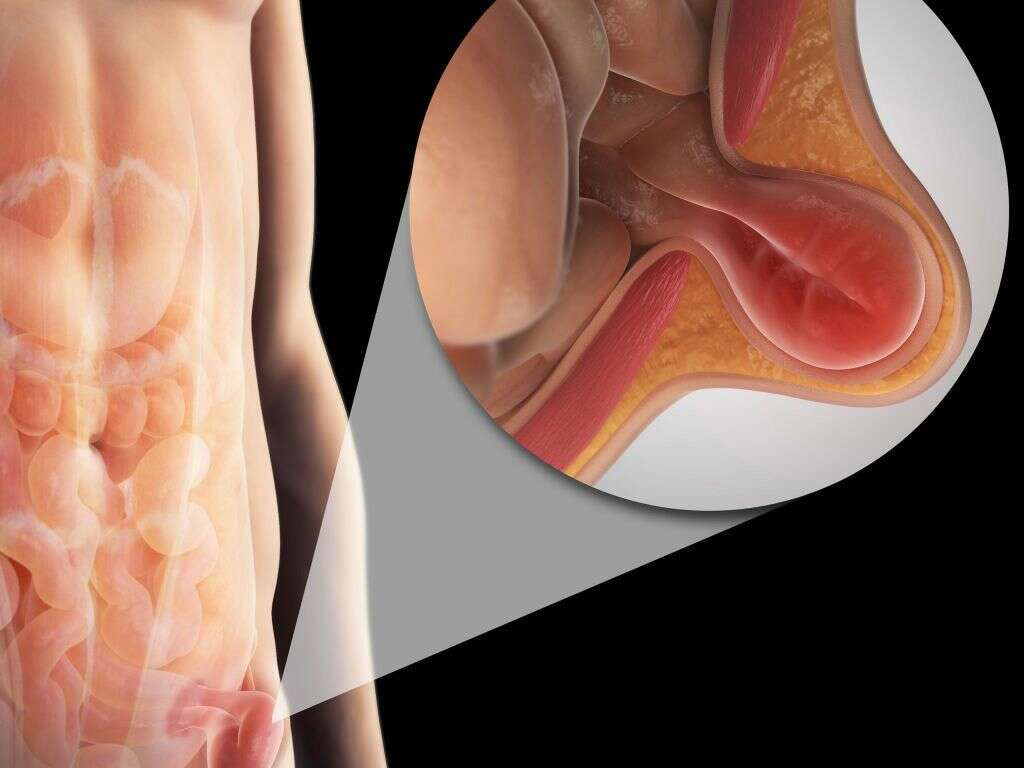What Is a Hiatal Hernia?
9. Diagnosis
Hiatal hernias are usually incidental findings in chest radiographs (paraesophageal hernias) or during medical evaluations related to symptoms of gastroesophageal reflux disease (GERD). However, a barium upper gastrointestinal series (UGI) can be performed to establish the diagnosis with greater accuracy. Also, a barium UGI helps distinguish a paraesophageal from a sliding hernia. A barium UGI is an X-ray examination where the esophagus, stomach, and the first part of the intestine (duodenum) are made visible on radiographic film by a liquid suspension known as barium. This liquid absorbs X-rays and is seen as white on film. Thus, it makes the swallowing motion of the patient, the inside wall lining, and the function, size, and shape of the organs visible on X-ray.
Another procedure that can be performed to diagnose hiatal hernias is an upper gastrointestinal endoscopy. Also, this procedure is helpful in the diagnosis of complications (i.e. erosive esophagitis, ulcers) and allows for tissue biopsy (sample of tissue).
Advertisement











